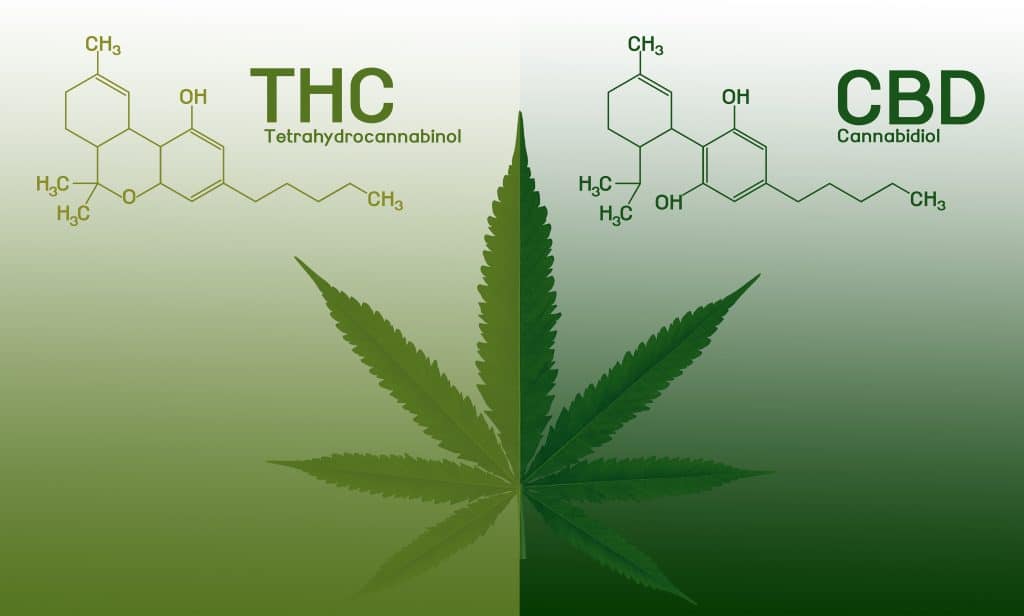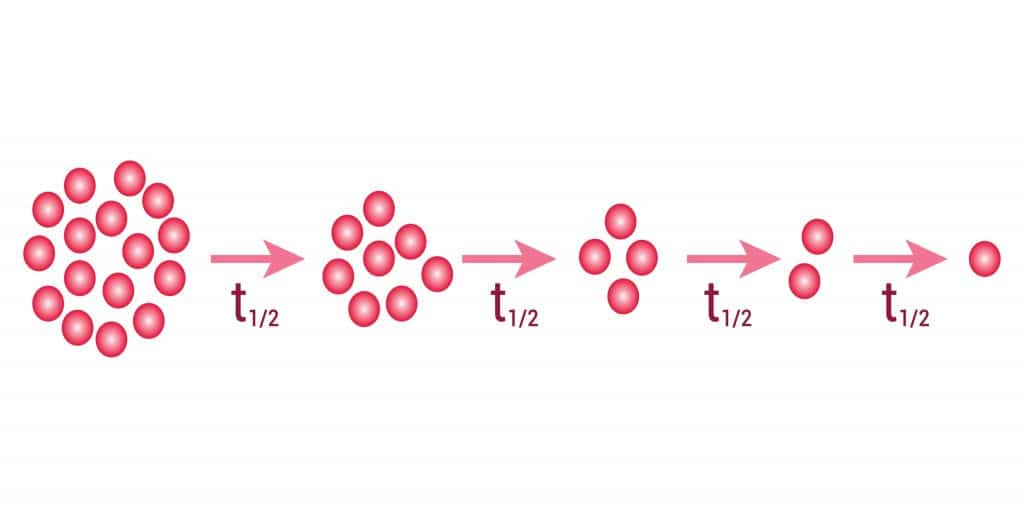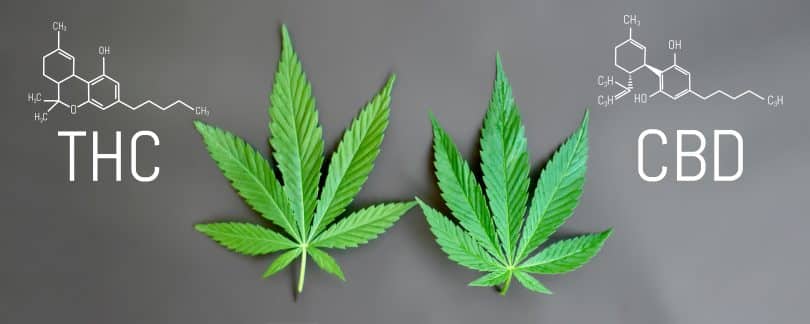Sometimes hitting the sweet spot isn’t about upping the THC to astronomical levels. Sure, a strong THC high is awesome, but sometimes you might want something a little more chill. While many products boast either a near total THC or CBD content – (often way inflated from natural amounts), some products go in another direction, like the 1:1 ratio. What does that ratio mean, though? And how does a 1:1 ratio product feel for the user?
The 1:1 ratio is a great way to consume weed, especially if you want a subtle high that won’t blow your mind. To stay current on everything important happening in the industry, subscribe to The Cannadelics Weekly Newsletter. Also, it’ll get you premium access to deals on cannabis flowers, vapes, edibles, and much more! We’ve also got standout offers on cannabinoids, like HHC-O, Delta 8, Delta 9 THC, Delta-10 THC, THCO, THCV, THCP & HHC, which won’t kill your bank account. Head over to our “Best-of” lists to get these deals.There is no shortage of cannabinoid products on the market today, so remember to choose wisely and enjoy responsibly.
What is the 1:1 ratio?
Alright, so maybe you weren’t expecting math terms in your weed article, but in this case, at least it’s a simple concept. A ratio is a measurement of comparison, and is written with one side against the other. In terms of cannabis products, it generally denotes the amount of THC vs CBD in milligrams, though it can account for any comparison between any compounds. THC and CBD are the two main cannabinoids of the cannabis plant, but some formulations will contain high enough levels of CBN or CBC, for example, that they are included in the ratio.
A 1:2 ratio means that for every one milligram on the first side, there are two on the other. So a product with a THC/CBD ratio of 1:2 could have 6mg of THC to 12mg of CBD or 8mg of THC to 16mg of CBD. A ratio always has the compounds it refers to listed, and goes according to order. If its THC/CBD, then the first number in the ratio is for THC, and the second is for CBD. If the letters are switched, then the accompanying numbers switch sides as well.
Let’s say you have a ratio of THC/CBD 5:2. Then a product with such a formulation could have 20mg of THC to 8mg of CBD. For every 5mg of THC, there are 2mg of CBD. Now, let’s say it’s a formulation that contains something else, like THC/CBD/CBN, then a ratio might look like this 3:2:1, and means that for every 3mg of THC, there are 2mg of CBD, and 1mg of CBN. Therefore, a product with this ratio designation could have 12mg of THC, 8mg of CBD, and 4mg of CBN.

The 1:1 ratio refers to products that have equal amounts of THC and CBD, or very close to equal amounts. The amount is whatever a producer decides on, but it only counts as a 1:1 ratio if it’s the same on both sides. So a product could have 15mg of THC and 15mg of CBD, or 10mg of THC and 10mg of CBD.
Sometimes the amounts are just slightly off, giving one a tiny edge over the other, but still close to this general ratio. Think of a product that contains 20mg of THC and 19mg of CBD. It’s not exactly the same, but rather than looking at it as a ratio of 20:19, we can also consider this a 1:1.
How does a 1:1 ratio product feel?
Truth is, as with all marijuana products, something with a 1:1 ratio can vary widely depending on what exactly makes up that 1:1. There are tons of different weed strains, and tons of different combinations possible, so simply saying 1:1, doesn’t define the results a person gets. Plus, any given product will affect different people differently, so its never wise to give uniform answers. However, having said all that, there is a specific attribute to a 1:1 ratio, in that you aren’t overpowered by either side.
When buying a product primarily of one compound, the user is generally looking to access some effect associated more with one than the other. For example, someone who wants a sleep aid is more likely to buy a high THC product with little-to-no CBD. And a person looking to relax, but without their head getting fuzzy, might want a product that’s way higher in CBD than THC.
The 1:1 ratio puts it at the same rate for both compounds. And the result is an in-between high. A high that gets you high, without getting you blasted out of your head. When I first had the opportunity to go to dispensaries a couple years ago, I bought different products, to try different formulations. I’ve bought exact split formulations, and some that were higher by about 1% in one compound or the other.
If you want a really distinct high, these formulations aren’t for you. If you want a less intense cerebral high, and a stronger feeling of relaxation in the body, these are great options. I found them useful for standard every day activities like walking the dog, and going to the store. At the time, I was moving between countries and a little stressed out, and these formulations did a good job of keeping me calm and light, without sapping my energy, or making it hard to think.

Something to keep in mind
1:1 ratio products are great, but there is one thing to consider…half-lives. ‘Half-life’ is a term used to denote in a highly non-specific way, how quickly a drug is processed out of your body. The reason its so non-specific is that the term is really geared at radioactive decay, for which there exists a phenomenon, that every time a molecule degrades by 50%, it happens in the same amount of time, regardless of how much there is.
This term is used for people too, since its the same first order reaction. However, the phenomenon of halving itself in specific time periods is theoretic at best, because human bodies effect this process. Half-lives are one of those topics where a lot of misinformation is constantly repeated, so much so that many people believe we process out drugs the way radioactive decay behaves, and we most certainly do not. This is evidenced by the wide range a medication half-life is given. Take CBD, for example, which has a half-life of 18-32 hours. That’s a wide range.
On the other hand, when referring to nuclear decay, half-lives are extremely specific. Cobalt-60, for example, is exactly 5.26 years, and will always be that, no matter how much the starting amount is, or how many times it divides. For CBD, your body doesn’t process halves in equal time intervals, since our processes are never consistent.
To make it a bit more complicated, this concept actually applies to radioactive decay as well. In fact, even with radioactive decay, a half life is an average, “Half-life is the time required for exactly half of the entities to decay on average“. In that sense, half lives in people can also be seen as averages. However, whereas we can expect consistency with decay, we should know by now never to expect consistency from a body.
Perhaps if we were uniformly consistent, then the oft mentioned line that half-lives are the same length, would be true. But we are most certainly not, meaning it’s a flawed concept. When looking at the particulars, this is often pointed out. In fact, in this publication, it’s stated “Because of the highly theoretical model of half-life, it is often challenging to implement into practice and use it as a tool for clinical decision making.” If a drug had a real and stable half life, this would never be a problem.
Half-lives for 1:1 products
Why do half lives matter? Because THC and CBD can have wildly different half lives. I say ‘can’ because the ranges are wide on both, there are issues of metabolites and how long they last, and because everyone is different in the time it takes to process drugs. CBD is 18-32, while THC is 1-6 hours (though this only denotes the delta-9 breaking down to a metabolite, and does not represent total clearance). It should also be said, different publications offer different numbers, backing up the non-uniformity of this breakdown. A drug usually isn’t felt for the entirely of the first half-life measure, but it suffices to say that when comparing drugs, a drug with a much longer half-life, will offer effects for way longer.

When dealing with a majority of just one compound, this difference doesn’t matter as much. When dealing with both at equal amounts, uneven half lives can mean one wares off many hours before the other. If the THC part wears off first, you might be tempted to smoke more and more. But this might make for a larger-than-desired amount of CBD, offsetting the whole balance, and you might end up with way more of one in your system, than the other.
Possible ways to offset this? Pay attention to how you feel as the product starts to fade out, and choose a follow-up product that meets your needs at the time. I used the 1:1 during the day, and followed it up with a high-THC product at night.
Conclusion
There are a lot of ways to go in the world of weed. 1:1 ratio products give you a nice equal dosing of THC and CBD, which creates one of the chilliest weed highs possible. So go ahead, toke up and enjoy!
Hello and welcome! You’ve made it to Cannadelics.com (formerly known as CBDtesters.co), a premiere independent publication which gets into the cannabis and psychedelics spaces of today. Check out the Cannadelics Weekly Newsletter for daily updates and product promotions, and make sure you’re always on top of what’s going on.









